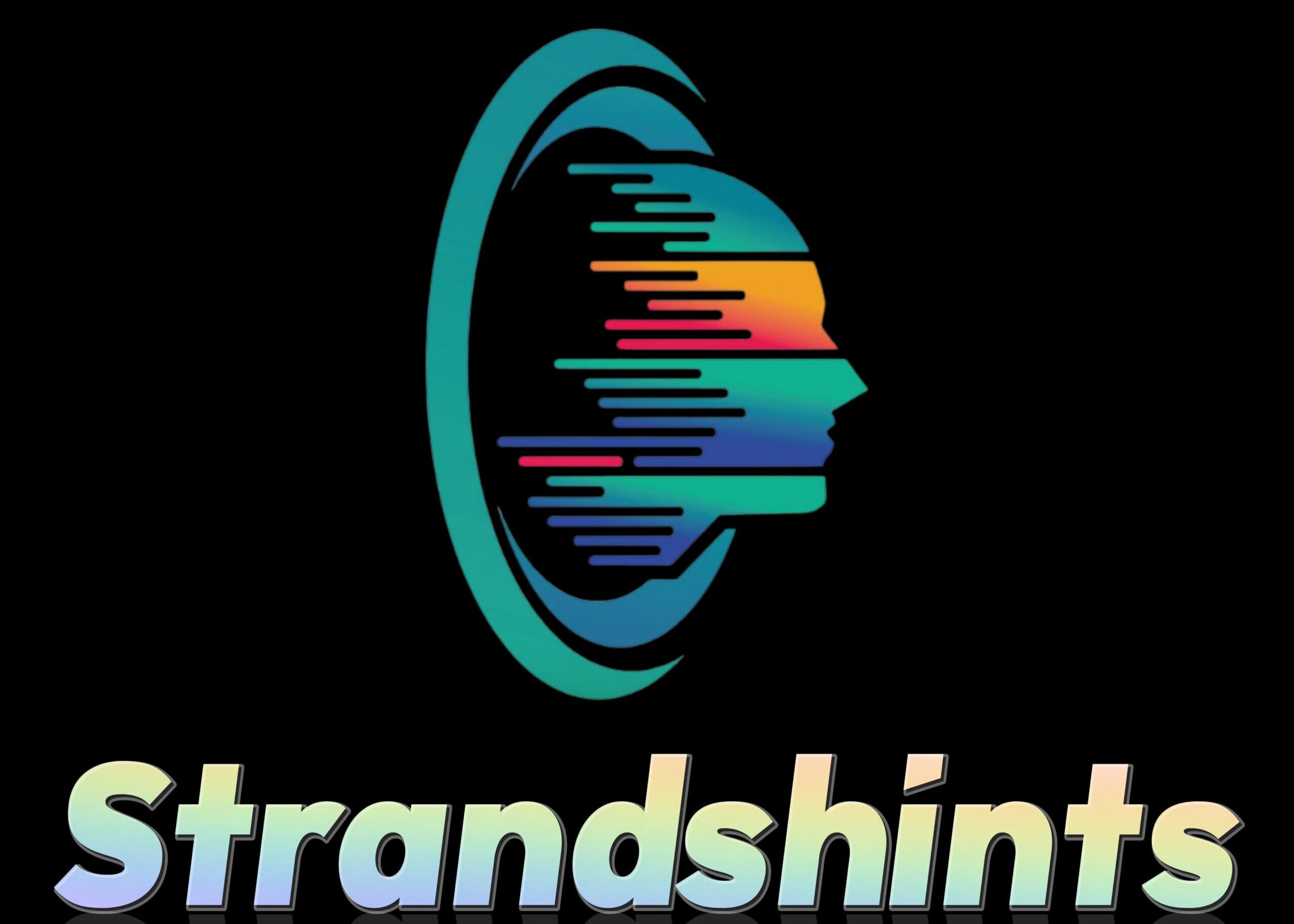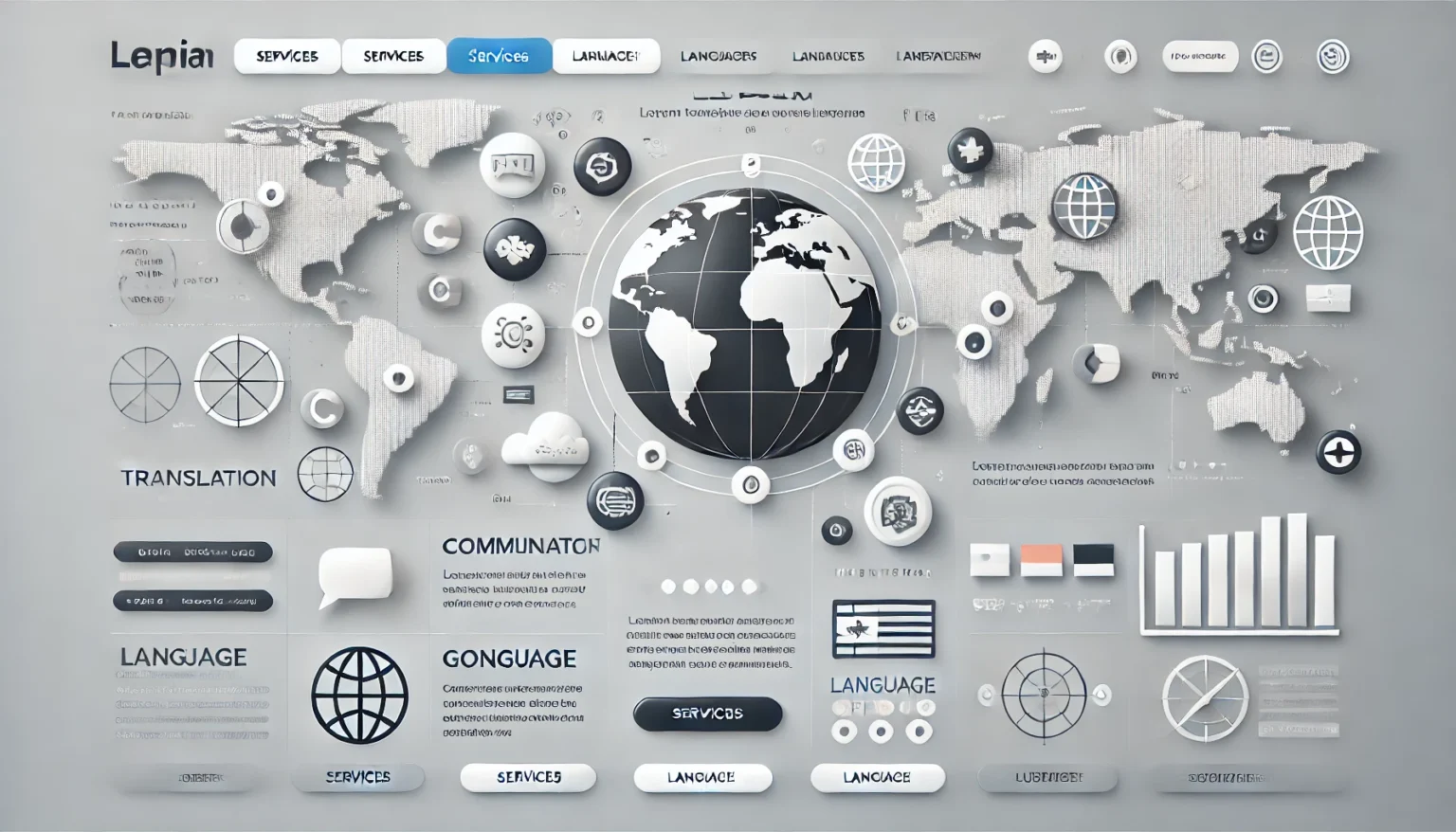Table of Contents
In our interconnected world, the ability to communicate across languages is essential. This is where τρανσλατ comes into play. Whether for travel, business, or personal connections, understanding how to effectively use translation services can significantly enhance our experiences. In this guide, we will explore the meaning and significance of τρανσλατ, its applications, and tips for making the most of translation tools.
Introduction
The term τρανσλατ refers to the act of translating text or speech from one language to another. With globalization and the rise of digital communication, the demand for translation services has skyrocketed. As we dive into the world of τρανσλατ, we will discuss its importance, various types of translation, and how to select the right service for your needs.
The Importance of Τρανσλατ
Translation is not just about converting words from one language to another; it is about conveying meaning, context, and culture. Here are a few reasons why τρανσλατ is crucial:
- Global Communication: In an increasingly globalized world, effective communication is vital. Businesses can expand their reach and connect with diverse audiences through translation.
- Cultural Understanding: Language is deeply intertwined with culture. Proper translation helps foster understanding and respect for different cultures, facilitating smoother interactions.
- Accessibility: With τρανσλατ, information becomes accessible to non-native speakers, ensuring that critical knowledge, such as health information or legal documents, reaches everyone.
Types of Τρανσλατ
Understanding the different types of translation can help you choose the right method for your needs:
- Literary Translation: This type focuses on translating literature, including novels, poems, and plays. It requires a deep understanding of the source culture and the ability to convey artistic nuances.
- Technical Translation: This involves translating specialized documents, such as manuals, scientific articles, or technical specifications. Accuracy and terminology familiarity are crucial in this type of τρανσλατ.
- Website Translation: As businesses expand online, website translation becomes essential. This type ensures that web content is localized and user-friendly for international audiences.
- Interpretation: Unlike written translation, interpretation involves translating spoken language in real-time. This is often used in conferences, meetings, and events.
How to Choose the Right Τρανσλατ Service
Selecting the right translation service is vital for achieving accurate results. Here are some key factors to consider:
- Expertise and Specialization: Ensure the service you choose has experience in the specific field you require, whether it’s legal, medical, or technical translation.
- Quality Assurance: Look for services that provide quality assurance processes, such as proofreading and editing, to ensure the final product is accurate and polished.
- Technology Use: Consider services that utilize translation technology, such as CAT tools, to enhance efficiency while maintaining high quality.
- Cultural Competence: A good translation service understands cultural nuances and idioms, ensuring that the translation is not only accurate but also culturally relevant.
Tips for Effective Τρανσλατ
To maximize the benefits of τρανσλατ, keep the following tips in mind:
- Provide Context: When submitting documents for translation, provide context about the audience and purpose to help translators make informed choices.
- Review and Edit: After receiving a translation, review the text for any errors or awkward phrasing. Feedback helps improve future translations.
- Be Clear and Concise: Clear writing in the source language facilitates better translation. Avoid ambiguous phrases and idioms that may not translate well.
- Use Glossaries: For technical documents, create a glossary of key terms. This helps maintain consistency throughout the translation process.
The Future of Τρανσλατ
As technology evolves, so does the field of translation. Machine translation has made significant strides, but human translators remain essential for capturing nuances and cultural context. Here are some trends shaping the future of τρανσλατ:
- AI and Machine Learning: AI-driven translation tools are becoming increasingly sophisticated. While they can handle straightforward tasks, human oversight is still necessary for nuanced translations.
- Increased Demand for Localization: As businesses aim to reach global markets, the demand for localization—adapting content to meet local preferences—will continue to rise.
- Focus on Multimodal Communication: With the growing use of video and audio content, translation services are expanding to include these formats, ensuring effective communication across various media.
The Role of Cultural Context in Τρανσλατ
Cultural context plays a crucial role in effective τρανσλατ. Language is deeply influenced by cultural nuances, idioms, and traditions. A direct translation may miss the underlying meaning or emotional resonance of the original text. For instance, phrases or jokes that are common in one culture may be completely foreign in another. Therefore, skilled translators not only translate words but also adapt content to fit the cultural expectations of the target audience. This cultural awareness helps ensure that the message is received as intended, fostering better understanding and connection between diverse groups.
The Impact of Technology on Τρανσλατ
Technology has revolutionized the field of τρανσλατ, making it faster and more efficient. Machine translation tools like Google Translate provide instant translations for text and web content, while advanced software utilizes AI and machine learning to improve accuracy. However, while technology can handle straightforward translations, it still struggles with context, humor, and idiomatic expressions. Therefore, human translators are essential for producing high-quality translations, especially for nuanced content. The combination of technology and human expertise can enhance translation workflows, allowing translators to focus on complex tasks while relying on technology for simpler, repetitive work.
Challenges Faced in Τρανσλατ
Translators encounter several challenges when performing τρανσλατ. One significant challenge is the presence of idioms and slang, which often do not have direct equivalents in other languages. Additionally, the context of the source material can influence the choice of words and phrases in the target language. Another challenge is maintaining the tone and style of the original text, which is especially important in literary translation. Furthermore, technical jargon can be difficult to navigate, requiring specialized knowledge. Effective translators must develop strong research skills and stay updated on terminology to overcome these obstacles successfully.
The Importance of Post-Editing in Τρανσλατ
Post-editing is a vital step in the τρανσλατ process that enhances the quality of the final product. After the initial translation is complete, post-editing involves reviewing and refining the text to ensure accuracy, coherence, and fluency. This process allows translators to catch errors, awkward phrasing, and inconsistencies that may have been overlooked during the first draft. Additionally, post-editing can help align the translation with the client’s specific style guidelines or preferences. By incorporating this step, translators can significantly improve the quality of their work, resulting in a polished and professional final product that meets client expectations.
The Future of Τρανσλατ in a Globalized World
As our world becomes increasingly interconnected, the future of τρανσλατ looks promising. With the rise of global commerce, travel, and digital communication, the demand for translation services will continue to grow. Additionally, advancements in technology will further shape the landscape of translation, blending machine learning with human expertise. As businesses seek to expand into new markets, effective translation and localization will be critical for success. Furthermore, the emphasis on inclusivity and accessibility will drive the need for multilingual content across various platforms. Translators will play a key role in facilitating communication and fostering understanding in this evolving global environment.
Conclusion
In conclusion, τρανσλατ is more than just a tool for converting words; it is a bridge connecting diverse cultures and facilitating global communication. By understanding the various types of translation, choosing the right service, and utilizing effective strategies, individuals and businesses can reap the benefits of clear and accurate communication. As we move forward in an increasingly interconnected world, the importance of translation will only continue to grow, making it an invaluable skill in our modern society.
FAQs
1. What is τρανσλατ?
Τρανσλατ refers to the process of translating text or speech from one language to another. It encompasses various forms of translation, including literary, technical, and website translation, aiming to facilitate clear communication across different languages.
2. Why is τρανσλατ important?
Τρανσλατ is crucial for global communication, cultural understanding, and accessibility. It allows individuals and businesses to connect with diverse audiences, share knowledge, and promote inclusivity by making information available in multiple languages.
3. What are the different types of τρανσλατ?
There are several types of τρανσλατ, including literary translation (for books and poetry), technical translation (for manuals and scientific documents), website translation (for online content), and interpretation (for spoken language in real-time).
4. How do I choose the right τρανσλατ service?
When selecting a τρανσλατ service, consider factors such as the service’s expertise in your specific field, quality assurance processes, use of translation technology, and cultural competence to ensure accurate and contextually relevant translations.
5. What are some tips for effective τρανσλατ?
To achieve effective τρανσλατ, provide context for the material being translated, review and edit the translated content, be clear and concise in your writing, and use glossaries for technical terms to maintain consistency throughout the process.






